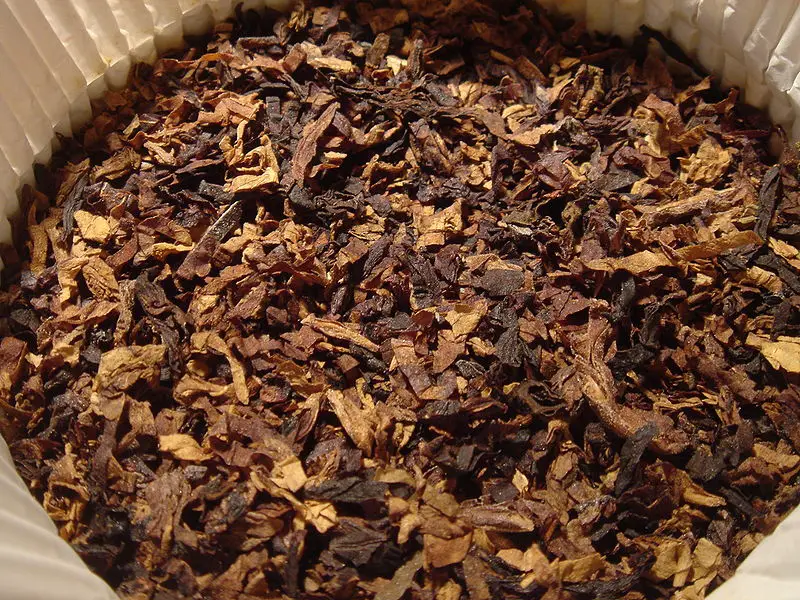Tobacco and Cotton
How Cotton and Tobacco Helped the U.S. Economy in the 18th Century?
The cultivation and exports of tobacco and cotton were essential components of the American Colonial economy. Unlike other cash crops, they were unique in terms of plantation culture, slave labor, trade, and agricultural demands in the Civil War.
Facts about Cotton and Tobacco in U.S. History
- In 1870, American inventor Albert Pease of Dayton Ohio invented the machine which cut up the tobacco for cigarettes.
- South Carolina politician James Hammond proclaimed in the time of Civil War that the North would no longer be threatened by the South because “cotton is king”.
- The concept of “King Cotton” was initially suggested in the 1855 book Cotton Is King by David Christy.
- Craftsman James Bonsack invented the machine which revolutionized cigarette production in 1881.
- The machine was powered at 13 times the speed of a manual cigarette roller.
- Cotton was the top American export from the early 18th Century until 1937 when the sharecropping system replaced slavery.
- Washington Duke and his sons could manufacture 15,000 pounds of tobacco every year starting 1866.
- The Dukes produced around 125,000 pounds of smoking tobacco annually by 1873.
Even before the Civil War, American planters in the South were persistent in growing cotton and Chesapeake tobacco because of the continuous demand from around the globe. According to several historians, cotton emerged as the primary commercial crop in the South, beating sugar and rice in economic importance.
At around the 1860s, America was producing two-thirds of cotton in the world. Cotton production saw an increase following the invention of the cotton gin by Eli Whitney in the late 17th Century. The cotton gin helped eliminate the labor-intensive process of manually removing and separating the seeds from raw cotton.
Cotton also had the advantage of being easily kept and distributed as a commodity. Interestingly, demand for cotton already existed in Great Britain’s industrial textile mills which eventually resulted in dramatically higher profits for planters and an insatiable rise in demand for more slaves.
The Southern cotton processed by American slaves fueled the Industrial Revolution in Great Britain and the United States as well. Scholars revealed that roughly 3.2 million slaves in the 15 slave states were producing cotton by 1850. A decade later, cotton continued to soar as slave labor produced more than two billion pounds of cotton annually.
Other than cotton, the period ranging from 1850 and 1880 also saw the rise of tobacco in American colonies. The history of commercial tobacco production in the United States can be traced back to the early 17th Century when the first commercial crop was grown.
Dissimilar to rice or cotton, growing tobacco was often viewed as an art form, and every buyer had a deep understanding that behind every good tobacco comes a meticulous planter with superior skills. What is more, was that tobacco shipments were branded with a distinct signature of the farmer before it was sent abroad.
A Southern shift in bright tobacco production resulted in the significant manufacturing of tobacco products by Durham residents. Several historians credit Robert Morris for the development of the first tobacco production facility in the United States.
One of the most renowned names in the tobacco business was Washington Duke who began trading tobacco after the civil war. In 1874, Duke along with his sons James Buchanan Duke and Benjamin N. Duke established a factory and subsequently formed the firm of W. Duke, Sons & Co. Their firm was considered one of the first tobacco companies to introduce the use of machines in manufacturing cigarettes.
Who revolutionized cigarette production in 1881?
James Bonsack revolutionized cigarette production in 1881 by inventing the machine which had a power of 13 times the speed of a manual cigarette roller.
Who suggested the concept “King Cotton”?
The concept “King Cotton” was initially suggested by David Christy.
Who developed the first tobacco facility in the U.S?
Historians credited Robert Morris as the founder of the first U.S. tobacco facility.
How many tobaccos did the Dukes produce every year starting 1873?
The Dukes produced 125,000 pounds of tobacco every year starting 1873.
How many cottons did America produce in 1860?
America produced two-thirds of the world’s cotton by 1860.




